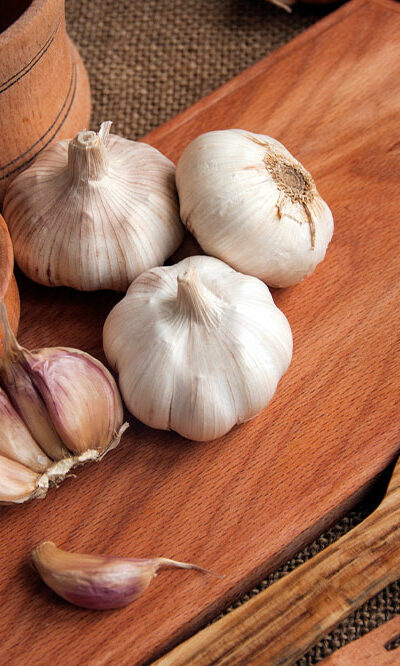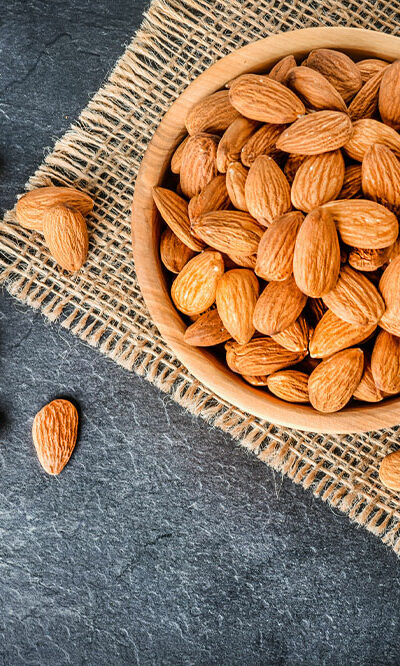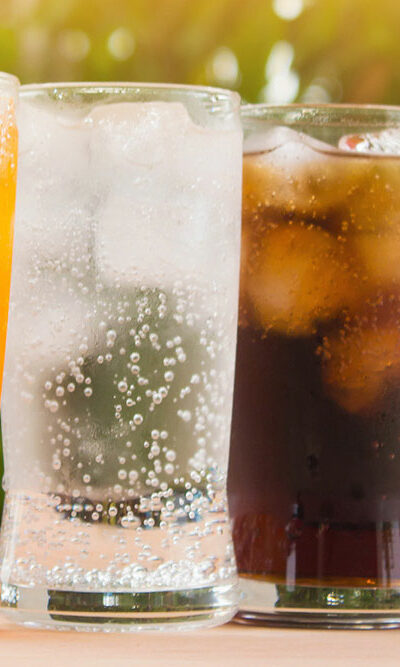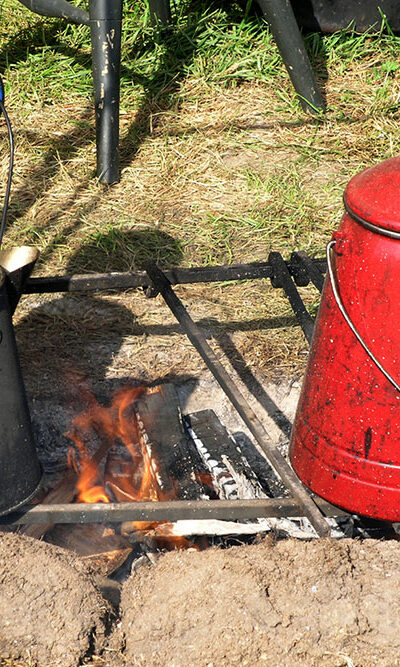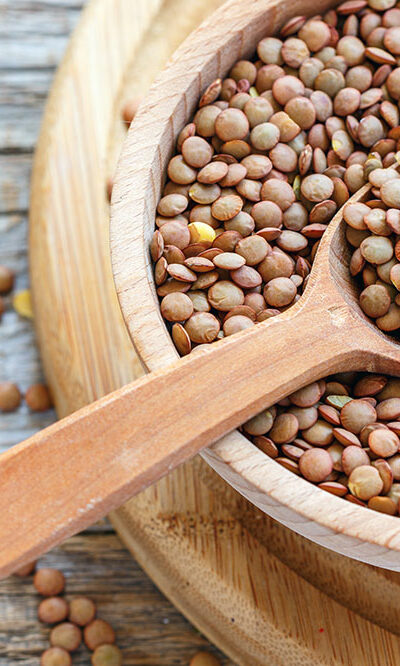
Top 5 foods to avoid before flying
Before leaving for a long flight, one should have a good meal, especially if not a fan of plane meals. However, instead of fast foods, one should choose nutrient-rich foods that do not cause any uneasiness while in the air. Further, avoiding certain foods can help keep health concerns and discomfort at bay, including gas in the stomach triggered by the low air pressure in the cabin, nausea, and bloating. Foods to avoid Brocolli Cruciferous vegetables such as broccoli and cauliflower offer various health benefits; however, these veggies can also make one feel gassy. Moreover, research by the International Foundation for Gastrointestinal Disorders suggests that these green vegetables are packed with fiber and gas-forming sugar known as raffinose, which can cause discomfort during air travel. Apples Fresh fruits such as apples are considered to be extremely nutritious and healthy. However, apples are rich in insoluble fiber, which can make them difficult to digest. This can lead to discomfort in the form of gas and bloating. So, one should avoid the fruit before flying and should choose alternatives such as oranges and bananas to ease the digestion process. Chips Chips are rich in salt content, making them one of the top foods to avoid before flying. Store-bought chips also contain preservatives, which can make one extremely dehydrated and cause bloating. In addition to the above, as the airplane cabin pressure falls, gas begins to expand, which can result in increased discomfort in the gastrointestinal region. So, one can opt for healthy snacks such as unsalted nuts that contain magnesium to counter bloating. Coffee Caffeinated beverages can cause dehydration in the body. Further, caffeine works as a stimulant that interferes with the sleep schedule. This can keep one from catching up on much-needed rest while traveling. So, one can choose alternatives such as protein bars to help stay energized during layovers.



